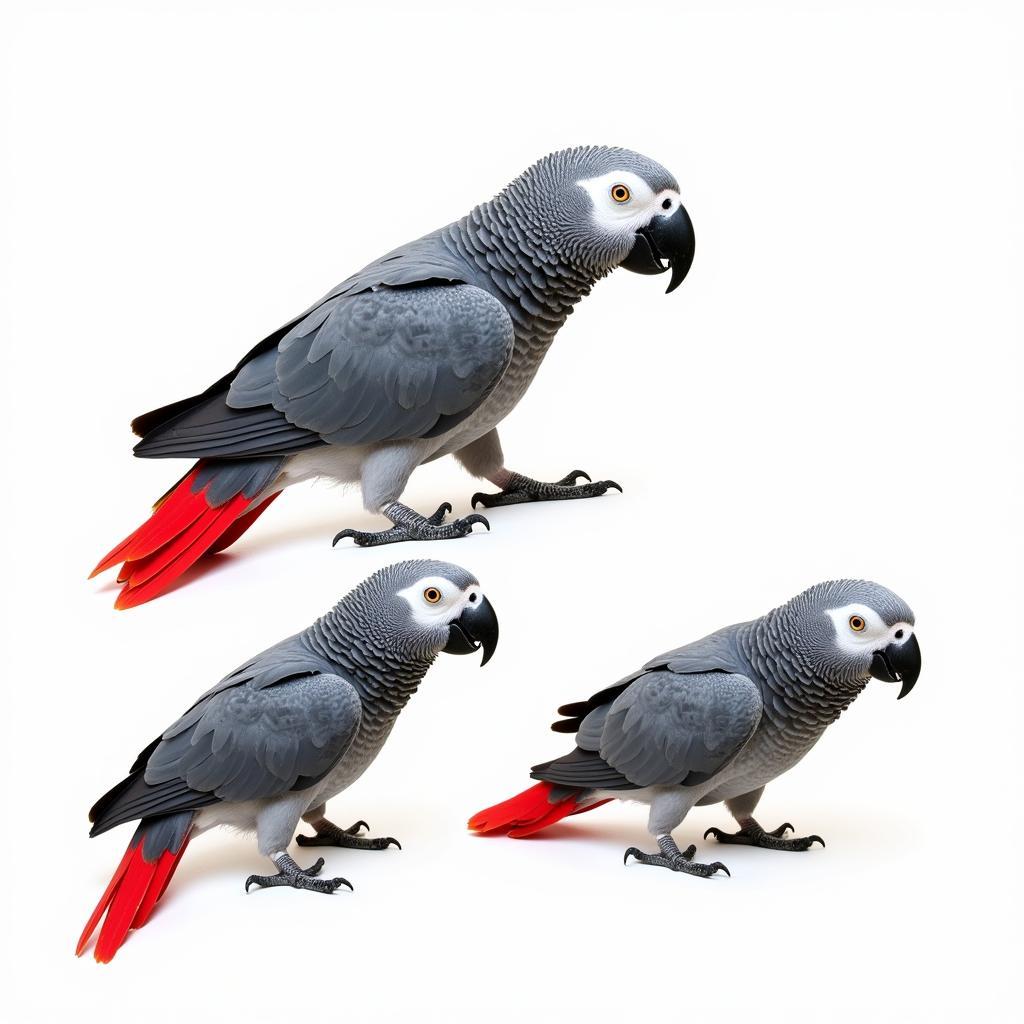African Ivory Cuff Links: A Legacy of Beauty and Controversy
African Ivory Cuff Links have long been a symbol of status and sophistication, prized for their intricate carvings and natural beauty. These small but significant accessories carry a complex history, intertwined with both the artistry of African cultures and the devastating impact of the ivory trade. Understanding this duality is key to appreciating the legacy of these unique items.
The Allure of African Ivory Cuff Links
For centuries, ivory has been a coveted material in Africa, used in everything from ceremonial masks and sculptures to everyday objects. The creamy white hue, smooth texture, and durability of ivory make it ideal for crafting intricate designs, and cuff links are no exception. African ivory cuff links, often featuring detailed carvings of animals, geometric patterns, or tribal symbols, became popular accessories for men, particularly in the mid-20th century. They represented a connection to exotic lands and a taste for the finer things in life. Many viewed these cuff links as not just accessories, but miniature works of art, reflecting the skill and artistry of African carvers.
The demand for these elegant accessories, however, fueled a tragic consequence: the decimation of African elephant populations. The insatiable desire for ivory led to widespread poaching, pushing these magnificent creatures to the brink of extinction.
The Ethical Dilemma: Navigating the Ivory Trade
The devastating impact of the ivory trade led to international efforts to protect elephants and regulate the sale of ivory. The Convention on International Trade in Endangered Species of Wild Fauna and Flora (CITES), established in 1975, placed strict regulations on the international ivory trade, eventually leading to a near-total ban. This ban aimed to curb poaching and allow elephant populations to recover. As a result, owning or trading newly sourced African ivory cuff links became illegal in most countries.
However, antique ivory cuff links, crafted before the ban, can still be found in antique shops and online marketplaces. Purchasing these items requires careful consideration and thorough research to ensure compliance with local laws and regulations. Furthermore, ethical considerations play a vital role. While these antique pieces represent a historical period, it’s crucial to be mindful of the origins of the ivory and the impact its trade has had on elephant populations.
Are African Ivory Cuff Links Still Available?
While new ivory cuff links are illegal in most countries, antique pieces are still available. Locating these requires diligent searching in antique shops, estate sales, and online auction platforms. It’s essential to verify the age and origin of the ivory to ensure legality and ethical sourcing.
The Future of Ivory and Alternatives to African Ivory Cuff Links
The future of ivory lies in conservation and education. Efforts to protect elephants and combat poaching are critical to ensuring the survival of these majestic creatures. For those seeking the aesthetic appeal of ivory without contributing to the illegal trade, several ethical alternatives exist. Materials like tagua nut, bone, and even resin can mimic the look and feel of ivory, providing beautiful and sustainable options for cuff links and other accessories.
Choosing Ethical and Sustainable Accessories
Consumers can make informed choices by supporting businesses that prioritize ethical sourcing and sustainable practices. By opting for alternatives to ivory, we can contribute to a future where elephants thrive and the beauty of nature is preserved.
“Genuine appreciation for African art should never come at the expense of its natural heritage,” says Dr. Anika Nkosi, a renowned anthropologist specializing in African cultures. “Embracing sustainable alternatives allows us to celebrate the artistry without perpetuating the harmful practices of the past.”
Conclusion
African ivory cuff links hold a complex legacy. While they represent a unique form of artistry and cultural expression, their history is inseparable from the devastating impact of the ivory trade. By understanding this duality and embracing ethical alternatives, we can appreciate the beauty of African craftsmanship while contributing to a future where elephants are protected and cherished. Choosing sustainable accessories is a testament to our commitment to preserving both cultural heritage and the natural world.
FAQ
- Are all ivory cuff links illegal? (No, antique ivory cuff links crafted before certain dates may be legal, depending on local regulations.)
- How can I tell if ivory is antique? (Consult with a qualified appraiser or antique specialist who can assess the age and origin of the ivory.)
- What are some ethical alternatives to ivory? (Tagua nut, bone, and resin are sustainable materials that can mimic the look of ivory.)
- Why is the ivory trade harmful? (The ivory trade fuels poaching, which decimates elephant populations and disrupts ecosystems.)
- Where can I find ethical and sustainable cuff links? (Look for businesses that prioritize ethical sourcing and use sustainable materials.)
- How can I contribute to elephant conservation? (Support organizations dedicated to elephant protection and anti-poaching efforts.)
- What are the penalties for illegal ivory trade? (Penalties vary depending on local laws and can include hefty fines and imprisonment.)
Other Resources
- Explore our articles on African Art and Culture
- Learn more about Elephant Conservation Efforts
Need assistance? Contact us 24/7: Phone: +255768904061, Email: kaka.mag@gmail.com, or visit us at Mbarali DC Mawindi, Kangaga, Tanzania. We have a dedicated customer support team ready to help.


